Ho Chi Minh City Ms. Ha, 37 years old, is a beauty care worker, neck pain radiating down to the right arm, the doctor diagnosed cervical disc herniation due to often bowing her head.
On January 15, Master, Doctor Vu Duc Thang, Spine Department, Tam Anh General Hospital, Ho Chi Minh City, said that Ms. Ha had a herniated disc in the cervical spine C5 - C6 (position of the 5th and 6th cervical vertebrae), the herniated mass compressing the C6 nerve on the right side.
Cervical disc herniation is a condition in which one or more discs between the cervical vertebrae are damaged, the nucleus pulposus escapes from its original position, compressing the spinal cord and nerves in the spinal canal. The disease is common in drivers, teachers, office workers; people who have a habit of working with their head and neck in a fixed position for a long time, like Ms. Ha who often works with her head bowed.
The patient was treated medically for more than 4 weeks without improvement, and the symptoms became more severe, so surgery was required.
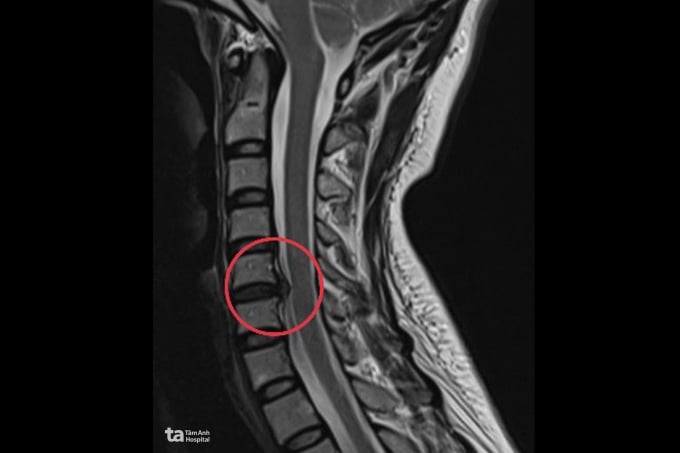
Location of the patient's herniated cervical vertebra. Photo: Provided by the hospital
According to Dr. Thang, artificial disc replacement surgery is a minimally invasive surgery, requiring only a small incision in the neck, ensuring aesthetics. Normally, the doctor screws and locks the herniated disc layers. However, this procedure causes the patient to lose about 5-10% of their range of motion.
"The patient is young, the cervical spondylosis is not serious, the spine is still stable, if the fixed disc is replaced it will reduce the range of motion, which is very unfortunate," said Dr. Thang.
Ms. Ha underwent dynamic disc replacement surgery, ensuring that the range of motion of the cervical spine is not affected. Dynamic discs are devices made from titanium alloy, which are highly compatible with the cervical vertebrae. To perform dynamic disc replacement, a specialized doctor and modern supporting equipment such as microsurgery glasses, high-speed drills, etc. are needed.
After surgery, patients recover faster, without having to wait 4-6 weeks for bone healing. Dynamic discs help reduce the risk of adjacent disc herniation.
On the first day after surgery, Ms. Ha could move her neck almost normally. Her health recovered well, and she was hospitalized and treated for three days.
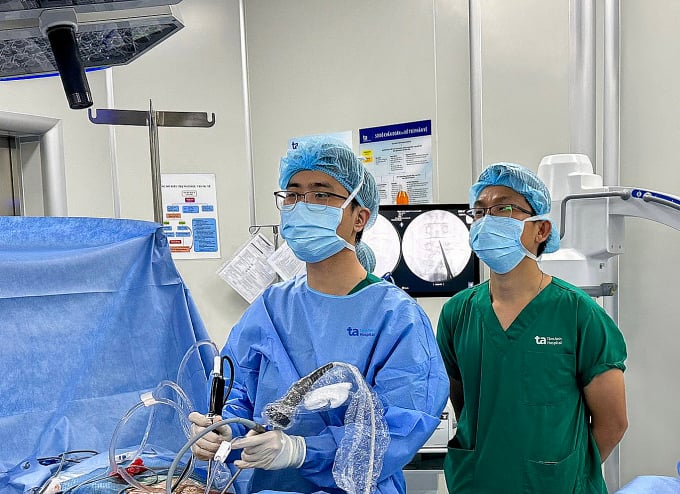
Doctor Thang (left cover) during a disc replacement surgery. Illustration photo: Provided by the hospital
Dr. Thang said that 90% of cervical disc herniations can be well controlled with medication or physical therapy. However, in some people, the disease progresses rapidly, does not respond to conservative treatment, and requires surgery. The goal of treatment is to decompress the compressed nerve roots and/or spinal cord, and remove damaged discs. This helps relieve pain and prevent tingling and numbness in the arms.
If not treated promptly, the disease can lead to many dangerous complications such as spinal stenosis, spinal cord compression syndrome, cerebral ischemia, lifelong disability...
Patients should see a doctor if they experience pain and numbness in the neck, spreading to the shoulders and arms, especially those who have a habit of bowing their heads for long periods of time while working, frequently use the phone, or sleep with a pillow that is too high.
Phi Hong
* Patient's name has been changed
Source link









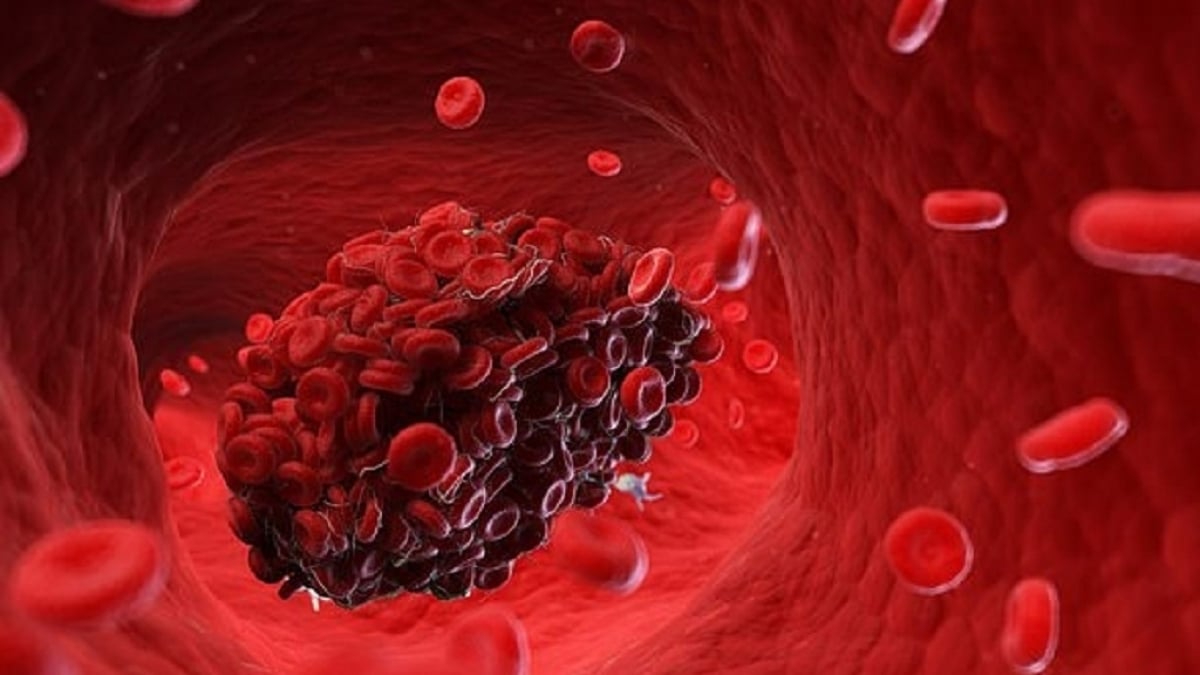






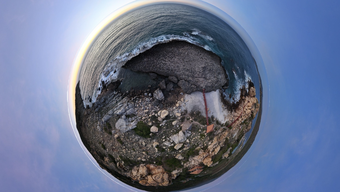











![[Photo] Gia Lai provincial leaders offer flowers at Uncle Ho's Monument with the ethnic groups of the Central Highlands](https://vphoto.vietnam.vn/thumb/1200x675/vietnam/resource/IMAGE/2025/7/9/196438801da24b3cb6158d0501984818)
























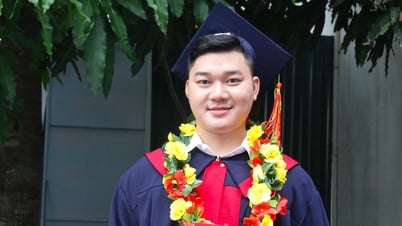






























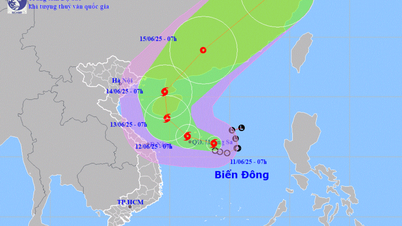



















Comment (0)